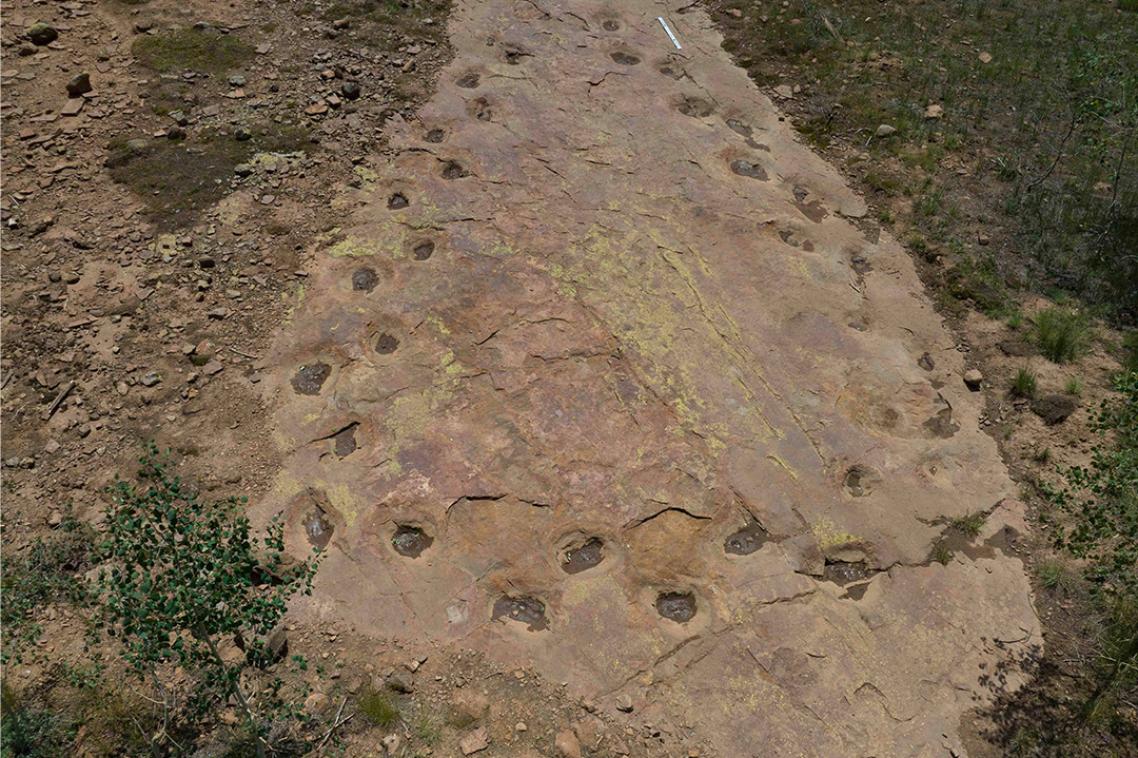Architecture’s concerns – and hopes – for our climate future

(Photo credit: Adobe. )
Key points
- 93% of architecture practitioners are concerned or very concerned about climate change
- 95% say architects should be part of the solution for climate change issues
- 79% indicated that their workplaces are actively involved in sustainable practices
An industry survey has found Australian architects are worried about the climate crisis and frustrated by barriers to action but are confident the profession can contribute to a sustainable future.
Dr Liz Brogden from The University of Queensland’s School of Architecture, Design and Planning coordinated a cross-institutional research group Architecture Climate Futures to survey 899 practitioners working in architecture in late 2022.
“We asked practitioners about their perceptions of the climate crisis, what they and their practice were doing about it and their hopes for the future of the profession,” Dr Brogden said.
The results showed that those working in Australian architectural firms want to see more done to address climate change.
“This includes policy and regulation reforms, increasing professional support and CPD resources, and stronger climate advocacy across the profession,” Dr Brogden said.
“Given that the built environment contributes up to 40% of carbon emissions, architects feel a strong sense of responsibility when it comes to climate change, with the crisis generating an increasingly multifaceted role for them to fill.”

Eighty-two percent of respondents said there were barriers to achieving sustainable design outcomes in practice.
A lack of understanding or willingness to invest in sustainable practices by clients and developers was cited as a key obstacle preventing architects from implementing crisis-averting design solutions.
“Practitioners reported that much of the focus on a project was on capital expenditure without consideration of the operational costs over the life cycle of a sustainable build,” Dr Brogden said.
“Many respondents said they were overwhelmed by the number of different sustainability rating systems and tools available, with a strong call for a more ‘standardised’ central source of climate information.
“Eighty-three per cent of architects surveyed said they were using self-education to up-skill about climate action and sustainability.”
The report also offers recommendations for action for practitioners, practices, industry bodies, and policy and governance.
They include harnessing the high levels of motivation for change, overcoming inertia by upskilling, increasing knowledge about sustainability, advocating for more support and connecting across industries and disciplines and with First Nations peoples.
“The last recommendation in the report is ‘choose hope’,” Dr Brogden said.
“Architects feel implicated in climate change issues because of the environmental impacts of the built environment, and this can have psychosocial implications for the profession.
“But being solutions-oriented and a creative discipline, architecture is also perfectly placed to imagine and advocate for effective climate action.”
Architecture Climate Futures includes researchers from The University of Queensland, The University of New South Wales, Building 4.0 CRC, RMIT University, The University of Sydney and Western Sydney University.
The research was supported by the Association of Architecture Schools of Australasia and the Australian Institute of Architects.
Image, Dr Liz Brogden.
Related articles

Looping long-necked dinosaur site reveals its secrets

UQ ranked second nationally in AFR Best Universities Ranking
Media contact
UQ Communications
communications@uq.edu.au
+61 429 056 139
